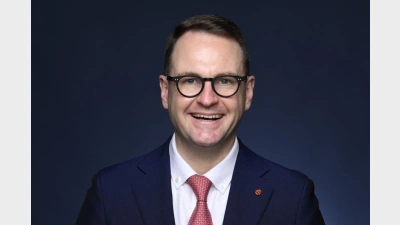Superannuation assets fall 0.5%


Superannuation assets fell 0.5% in value over the 12 months to the end of June, according to the latest quarterly figures from the Australian Prudential Regulation Authority (APRA).
Following a quarterly decline of 4.4%, total superannuation assets stood at $3,312.5 billion at the end of June, down from $3,327.9 billion at the end of the same month in 2021.
According to APRA, the decline reflected the volatility in financial markets following global interest rate increases in response to high levels of inflation, constrained global supply chains and the ongoing uncertainty due to conflict in Ukraine.
Total assets in MySuper products stood at $884.5 billion at the end of June, which represented a quarterly fall of 4.7% and an annual decline of 1.9%. Total APRA-regulated assets fell 1.1% over the 12 months to $2,241 billion.
Contributions, however, saw an increase of 15.2% from the previous year, totalling $146.5 billion. APRA said this was owing to rises in both employer and member contributions “likely reflecting unemployment rates having dropped to record lows over the year”.
Employer contributions rose 10.2% over the year to total $108.6 billion, which APRA said was further supported by the increase in the Superannuation Guarantee contribution rate to 10% per year, effective from 1 July, 2021.
“Personal member contributions increased by a significant 32.7% over the year to $35.3 billion, also buoyed by the accumulation of household savings during the onset of Covid-19,” said APRA.
Recommended for you
Insignia’s Master Trust business suffered a 1.9 per cent dip in FUA in the third quarter, amid total net outflows of $1.8 billion.
While the Liberal senator has accused super funds of locking everyday Australians out of the housing market, industry advocates say the Coalition’s policy would only push home ownership further out of reach.
Australia’s largest superannuation fund has confirmed all members who had funds stolen during the recent cyber fraud crime have been reimbursed.
As institutional investors grapple with shifting sentiment towards US equities and fresh uncertainty surrounding tariffs, Australia’s Aware Super is sticking to a disciplined, diversified playbook.













